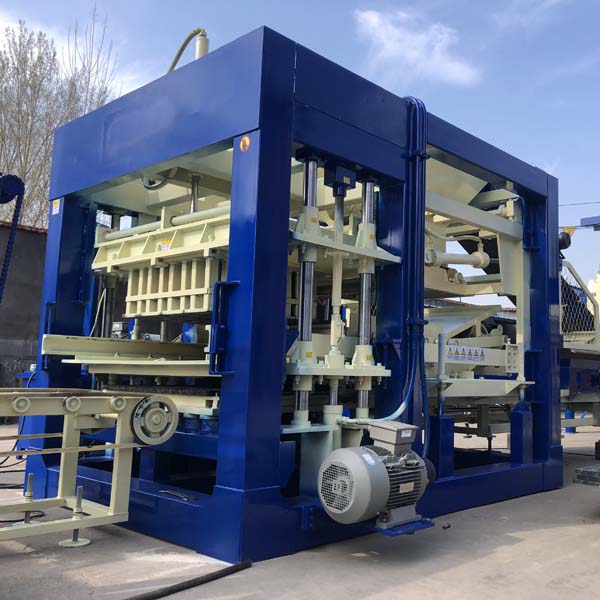
The construction industry, a cornerstone of modern society, is undergoing a profound transformation fueled by technological advancements.
Among these innovations, the emergence of innovative block machine technology has taken center stage, redefining the way buildings and structures are erected.
This essay explores the transformative impact of these innovative block machines on construction practices, sustainability, efficiency, and architectural possibilities.
Transforming Construction Practices
Innovative block machines are revolutionizing construction practices by offering efficient and precise methods for creating building blocks.
Traditional construction methods often involve labor-intensive processes, consuming time and resources.
The advent of automated block machines has streamlined this process, enabling the rapid production of consistent and high-quality building blocks.
These machines can manufacture a variety of block types, such as concrete blocks, bricks, and interlocking blocks, with enhanced precision, reducing human error and ensuring structural integrity.
Moreover, block machines have facilitated the creation of modular construction systems.
Modular construction involves assembling pre-made building blocks, resulting in quicker project completion times and reduced on-site labor requirements. This approach not only accelerates construction timelines but also enhances safety by minimizing on-site risks.
The transformative effect of block machines on construction practices is thus undeniable, as they offer a more efficient, safe, and reliable way to build.
Sustainability and Green Building
As global awareness of environmental issues grows, the construction industry is under increasing pressure to adopt sustainable practices.
Innovative block machines play a pivotal role in this shift toward greener construction methods.
Traditional manufacturing of building materials often leads to significant carbon emissions and resource depletion.
In contrast, block machines offer a more sustainable solution by using locally sourced materials, minimizing waste, and reducing energy consumption.
One of the notable advancements is the development of eco-friendly building blocks.
Some block machines utilize recycled materials such as fly ash, slag, and waste aggregates, producing blocks that have a lower carbon footprint. Additionally, the enhanced insulation properties of certain blocks contribute to improved energy efficiency within buildings.
By promoting the use of sustainable materials and reducing waste generation, innovative block machines are fostering a more environmentally conscious approach to construction.
Efficiency and Cost-Effectiveness
Time and cost efficiency are paramount considerations in the construction industry.
Innovative block machines have emerged as a game-changer in this regard, offering a significantly faster and cost-effective construction process.
The automation of block production eliminates manual labor-intensive tasks, reducing the time required for block manufacturing.
As a result, construction projects can be completed in shorter timeframes, enabling faster occupancy and return on investment.
Furthermore, the versatility of block machines enables the creation of intricate designs and patterns, enhancing architectural aesthetics without significantly increasing costs.
This flexibility allows architects and builders to explore creative possibilities that were previously challenging to execute within budget constraints.
The reduction in labor costs and increased speed of construction contribute to overall cost-effectiveness, making block machines an attractive choice for developers and contractors.
Unlocking Architectural Possibilities
Innovative block machine technology not only enhances the efficiency and sustainability of construction but also unlocks new architectural possibilities. The modular nature of blocks produced by these machines enables architects to experiment with different layouts, shapes, and designs.
From geometric patterns to unconventional building forms, the creative potential is vast.
Architects are now able to combine various block types, textures, and colors to create visually striking structures that stand out in the urban landscape. Moreover, the ease of assembly and disassembly inherent to modular construction allows for adaptive and flexible building designs, accommodating changing needs over time.
This newfound freedom in architectural expression is redefining the aesthetics of contemporary buildings and shaping the urban environment in innovative ways.
Innovative block machine technology has undoubtedly taken center stage in the construction industry, catalyzing a paradigm shift in how buildings are designed and erected.
By transforming construction practices, promoting sustainability, enhancing efficiency, and unlocking architectural possibilities, these machines are propelling the industry toward a more advanced and sustainable future.
As technology continues to evolve, it is imperative that stakeholders within the construction sector embrace these innovations, harness their potential, and collaborate to further revolutionize the built environment.
